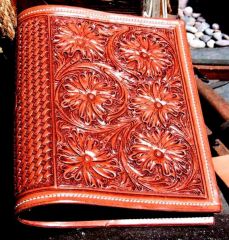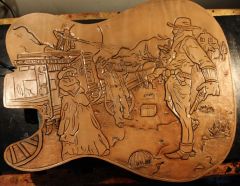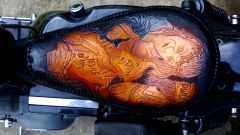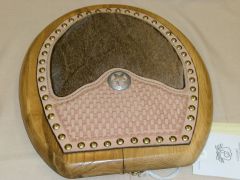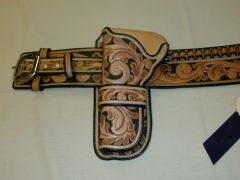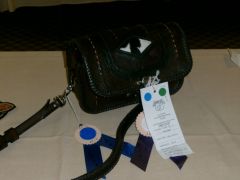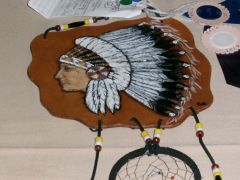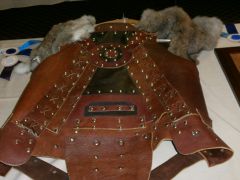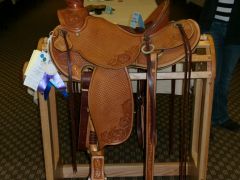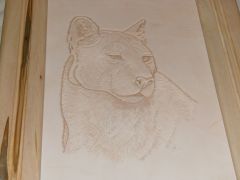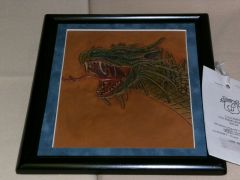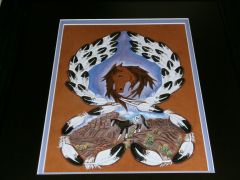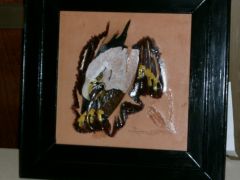-
Posts
9,653 -
Joined
-
Last visited
Content Type
Profiles
Forums
Events
Blogs
Gallery
Everything posted by Johanna
-
Adult area on Leatherworker.net
Johanna replied to Johanna's topic in Announcements and Administrivia
Bill, if you go to the main page (which lists all the forums) and scroll down, near the Marketplace you will see the NSFW/ Adult Area. I'm caught up with the new requests too. ~J -
This old thread has gotten revived then way off track and I'm stopping it. Madsaddler, please start a new thread if you still have things for sale. Let's all leave our political views out of it and be respectful, okay? Thanks! Johanna
-
2639_1111579943919_1059496756_364316_5540404_n.jpg
Johanna commented on madsaddler's gallery image in Our Leatherwork Galleries
-
Adult area on Leatherworker.net
Johanna replied to Johanna's topic in Announcements and Administrivia
You're in- and so are you folks that sent me a PM. Anyone else want in- just holler. ~J -
Adult area on Leatherworker.net
Johanna replied to Johanna's topic in Announcements and Administrivia
I think the adult section is caught up again. Holler if you want to see it and don't. ~J -
Adult area on Leatherworker.net
Johanna replied to Johanna's topic in Announcements and Administrivia
Everyone who requested an add to the adult area is in now. SandSquid, look towards the bottom of the main index page for the NSFW area. Johanna -
Adult area on Leatherworker.net
Johanna replied to Johanna's topic in Announcements and Administrivia
Okay, everyone is added that requested it. ~J -
LEATHER COVERED TELECASTER : BACK: GHOST RIDERS STAGE COACH ROBBERY
Johanna commented on chancey77's gallery image in Our Leatherwork Galleries
-
I prefer "leatherworker" because we need to get paid for our WORK. I am not a "crafter", which conjures up images of glue guns and popsicle sticks, nor a "smith", just a humble leatherworker. But there is no "standard" definition. ~J
-
We can delete threads, but we felt that some important issues were discussed here and the matter is resolved. I am now closing this thread.
-
When we started LW it was a way to selectively read and answer leather posts without having the hassle of old-fashioned Yahoo email lists. LW is for "education, entertainment and fellowship" for all leatherworkers, newbies to pros. Many of you had good suggestions in this thread, like how to use the advanced search feature and how important it is not to belittle anyone's efforts to learn and improve. I once worked as a Tandy manager, and you would not believe what people think they know, or what they don't! Sometimes they don't even know the words to describe what they want to ask (like wanting "rawhide" boot laces) so I can see where "search" can fail. People volunteer their time to help here, and many leatherworkers are grateful for their informative posts. Experienced leatherworkers tell me they get new ideas here, and inspiration to try more complicated projects. New folks can get encouragement and an occasional hand-holding from seasoned pros. That was the point of the board in the first place- make it easy for people to connect and share info and pics.( I never expected 26,000+ members!) Our board is enjoyed all over the world, and I think it's because we are a friendly helpful bunch. Now, let's go get that ice cream. I want sprinkles. Johanna
-
-
Free 3 Month Trial Subscription To Shop Talk!
Johanna replied to Johanna's topic in Announcements and Administrivia
Offer is limited to US residents. I'm sure if you chip in the postage they will honor the "3 free" part. Give Michelle a call at: 207-495-3600. -
Dan & his team have made a great offer to our members- a FREE 3 month trial of the magazine Shop Talk! This magazine has been around for more than 20 years and is PACKED with useful information every month. Shop Talk is THE magazine for people in the business of leatherwork. http://proleptic.net/subscriptions/freetrial This a great offer- take 'em up on it and ENJOY! Johanna
-
Adult area on Leatherworker.net
Johanna replied to Johanna's topic in Announcements and Administrivia
I just added another dozen people to the adult area. Anyone else want in there? ~J -
The Type Of Sewing Machine You Need To Sew Leather
Johanna replied to Wizcrafts's topic in Leather Sewing Machines
Thanks Wiz! We've got 8 pages here, and a lot of good info sprinkled throughout, but this is overwhelming for someone who is new at this. If you write it, we'll pin it, you betcha! Johanna (makes fresh coffee and turns up the music for Wiz) -
Calumet Spring Show 2012
Images added to a gallery album owned by Johanna in Our Leatherwork Galleries
My son Jack Henry took these pictures of the competition pieces at the show. I will upload my daughter Jane's pictures when she comes home from school and tells me where her camera is. -
From the album: Calumet Spring Show 2012
-
From the album: Calumet Spring Show 2012
-
From the album: Calumet Spring Show 2012
-
From the album: Calumet Spring Show 2012
-
From the album: Calumet Spring Show 2012
-
From the album: Calumet Spring Show 2012



